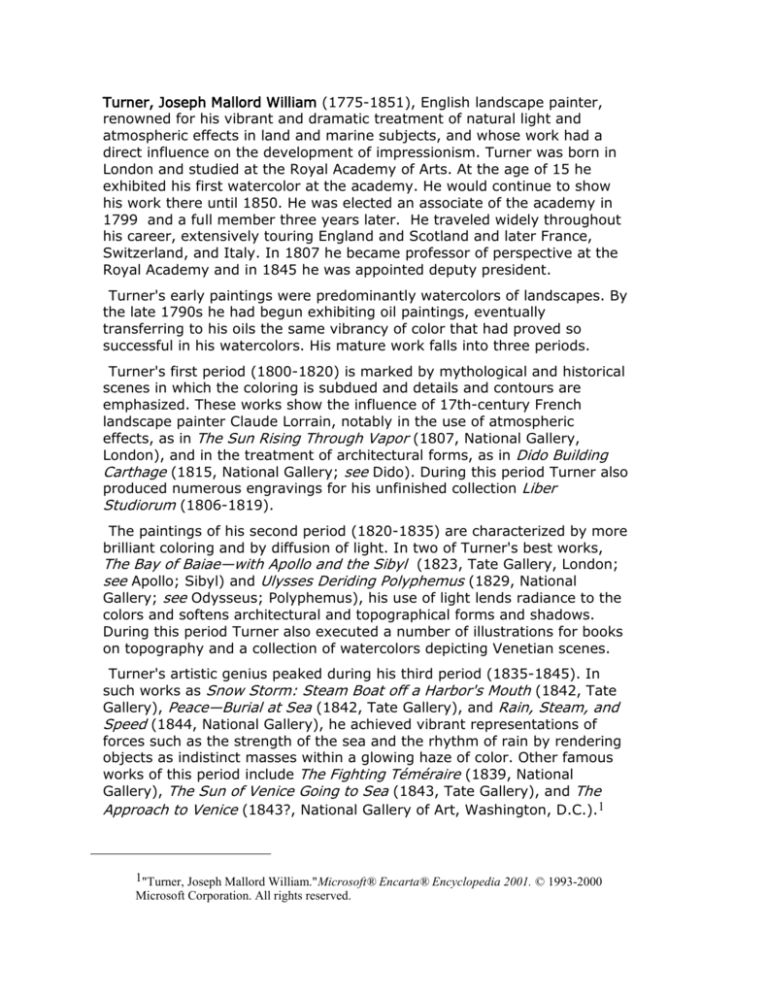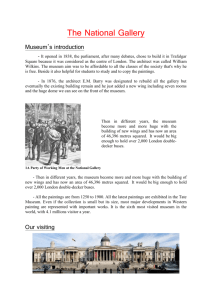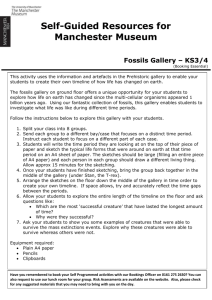
Turner, Joseph Mallord William (1775-1851), English landscape painter,
renowned for his vibrant and dramatic treatment of natural light and
atmospheric effects in land and marine subjects, and whose work had a
direct influence on the development of impressionism. Turner was born in
London and studied at the Royal Academy of Arts. At the age of 15 he
exhibited his first watercolor at the academy. He would continue to show
his work there until 1850. He was elected an associate of the academy in
1799 and a full member three years later. He traveled widely throughout
his career, extensively touring England and Scotland and later France,
Switzerland, and Italy. In 1807 he became professor of perspective at the
Royal Academy and in 1845 he was appointed deputy president.
Turner's early paintings were predominantly watercolors of landscapes. By
the late 1790s he had begun exhibiting oil paintings, eventually
transferring to his oils the same vibrancy of color that had proved so
successful in his watercolors. His mature work falls into three periods.
Turner's first period (1800-1820) is marked by mythological and historical
scenes in which the coloring is subdued and details and contours are
emphasized. These works show the influence of 17th-century French
landscape painter Claude Lorrain, notably in the use of atmospheric
effects, as in The Sun Rising Through Vapor (1807, National Gallery,
London), and in the treatment of architectural forms, as in Dido Building
Carthage (1815, National Gallery; see Dido). During this period Turner also
produced numerous engravings for his unfinished collection Liber
Studiorum (1806-1819).
The paintings of his second period (1820-1835) are characterized by more
brilliant coloring and by diffusion of light. In two of Turner's best works,
The Bay of Baiae—with Apollo and the Sibyl (1823, Tate Gallery, London;
see Apollo; Sibyl) and Ulysses Deriding Polyphemus (1829, National
Gallery; see Odysseus; Polyphemus), his use of light lends radiance to the
colors and softens architectural and topographical forms and shadows.
During this period Turner also executed a number of illustrations for books
on topography and a collection of watercolors depicting Venetian scenes.
Turner's artistic genius peaked during his third period (1835-1845). In
such works as Snow Storm: Steam Boat off a Harbor's Mouth (1842, Tate
Gallery), Peace—Burial at Sea (1842, Tate Gallery), and Rain, Steam, and
Speed (1844, National Gallery), he achieved vibrant representations of
forces such as the strength of the sea and the rhythm of rain by rendering
objects as indistinct masses within a glowing haze of color. Other famous
works of this period include The Fighting Téméraire (1839, National
Gallery), The Sun of Venice Going to Sea (1843, Tate Gallery), and The
Approach to Venice (1843?, National Gallery of Art, Washington, D.C.).1
1"Turner, Joseph Mallord William."Microsoft® Encarta® Encyclopedia 2001. © 1993-2000
Microsoft Corporation. All rights reserved.











